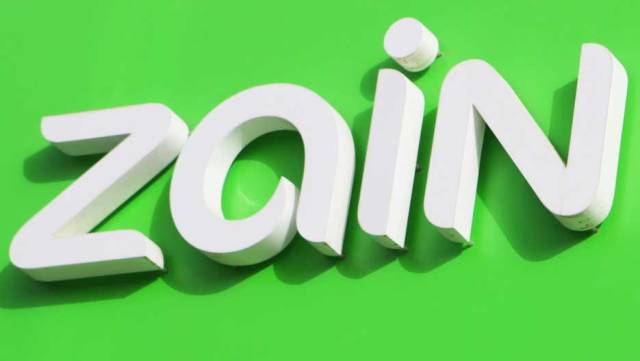 Zain Saudi Arabia has completed the Middle East’s first trial of LTE-Unlicensed, combining unlicensed spectrum in the 5 GHz frequency band with 1800 MHz spectrum to deliver a downlink speed of 223 megabits per second.
Zain Saudi Arabia has completed the Middle East’s first trial of LTE-Unlicensed, combining unlicensed spectrum in the 5 GHz frequency band with 1800 MHz spectrum to deliver a downlink speed of 223 megabits per second.
Zain Saudi Arabia will deploy the Nokia technology in hotspots in malls and cafes in Jeddah and around the Holy Mosque in Makkah. The network project to develop the use of LTE-U in Saudi Arabia marks an important step for Zain to offer better subscriber experience using unlicensed spectrum.
Nokia said small cells are integral to utilizing unlicensed LTE, and Nokia’s Flexi Zone multiband small cell technology will support Zain in significantly increasing downlink data rates for mobile devices while also enhancing mobility, security, and the reliability of 4G/LTE connections.
“There has been exponential growth in the demand for high-speed mobile broadband services. This trial with the support of Nokia is an important step in our commitment to adopt the latest technology to provide innovative and best possible services to our subscribers,” said Sultan Abdulaziz AlDeghaither, chief technology officer, Zain Saudi Arabia.
The trial and deployment is based on Nokia Flexi Zone Multiband Small Cells, which allow service providers to aggregate spectrum from both licensed and unlicensed frequency bands, efficiently increasing capability and service reliability.
Bloomberg earlier reported that Zain Saudi Arabia is nearing an agreement to sell about 7,500 mobile phone towers to TASC Towers. The sale could raise about $500 million for the kingdom’s third-largest mobile operator.
Saudi Telecom Co. and Mobily, the kingdom’s two largest telecom firms, are in talks to merge their mobile towers.
Zain Saudi Arabia made a net profit of 45 million riyals (Dh44.06 million, $12 million) in the three months to December 31. This compares with a net loss of 250 million riyals in the prior-year period, according to Reuters.
The company attributed the profit to a drop in expenses as a result of the extension of its license by another 15 years, a rise in revenues and a drop in costs due to the cut in mobile termination rates in April 2016. Distribution expenses also fell.
